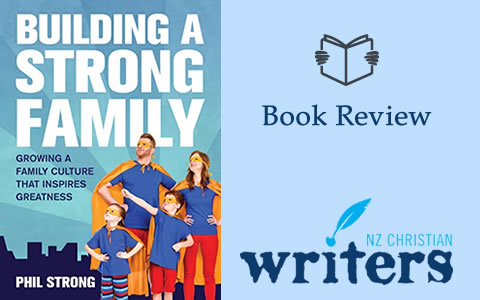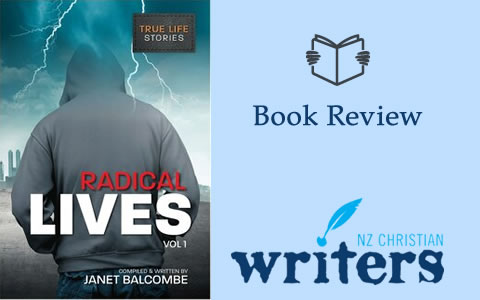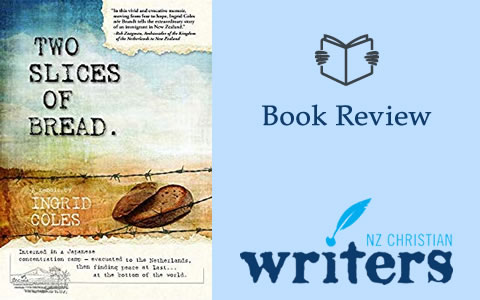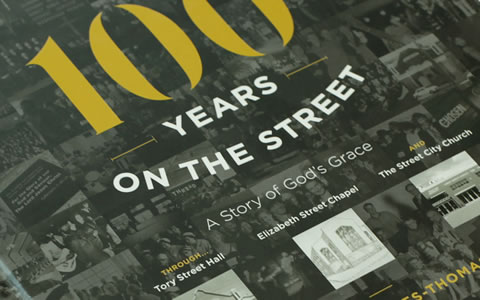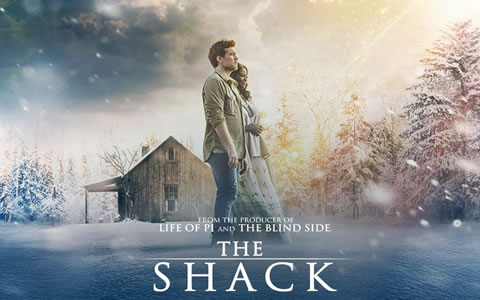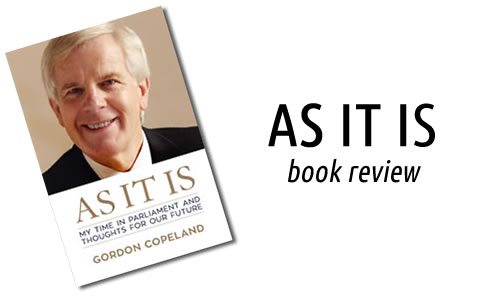 Between September 2010 and December 2011, three major quakes and hundreds of aftershocks struck the greater Christchurch area: one of the largest natural disasters in New Zealand history.
Between September 2010 and December 2011, three major quakes and hundreds of aftershocks struck the greater Christchurch area: one of the largest natural disasters in New Zealand history.
Rubble to Resurrection brings together many previously untold stories of how the region’s churches fared, and how the ordinary folk in the pews were able to reach out to their suffering neighbours. The book also asks what can be learned from this experience and used to benefit others in future.
So many times in the wake of suffering, the Christian Church – the body of Christ – faithfully responds with comfort and practical help. I saw that in person in Christchurch the year after the quake, and thank Melissa Parsons for honouring those who responded in the footsteps of the One for whom the city was named.
Request a copy for your local public library
Most public libraries are eager to promote NZ authors and require the following information:
- Title – Rubble to Resurrection: Churches Respond in the Canterbury Quakes
- Author – Melissa Parsons
- Publisher – Daystar Books
- Publication Date – 2014
- ISBN – 978-0-9922552-9-9
Published Reviews
Touchstone – NZ Methodist Magazine
The evocative title speaks of hope. Melissa Parsons’ aim is to tell the stories of how people in Canterbury churches experienced the earthquakes of 2010 and 2011.The book is based on interviews with 56 people from 95 churches. The stories recognise that the earthquakes were devastating in their effects but there is no hint of preoccupation with trouble or self-pity.Melissa gathers the stories under three headings: The Church Responds; The Church Grieves; The Church Rebuilds.
Whether referring to the initial earthquake of 4 September 2010 or the more damaging earthquake of 22 February 2011, those involved felt a sense of helplessness in being caught up in events over which they had no control. New Zealand is officially well-prepared for civil emergency, but in a massive natural disaster official emergency services cannot cope without spontaneous and freely-offered help from other individuals and organisations.In this situation the churches were among those stepping in to help. Boundaries between church and state became of secondary importance in a huge cooperative venture.
The immediate response by churches included distributing essential supplies such as food and water. This was generally well organised and not limited to helping only church members.The churches were well-equipped to provide pastoral care for people bereaved and stressed by the loss of homes and neighbourhoods. This included care for people from the international community many of whom were students in Christchurch.Drop-in centres and a “ministry of coffee” filled an important role. Pastoral care was also offered to tow truck drivers and contractors demolishing buildings who were under considerable stress.
Churches were grieving because of the loss of much-loved members and the loss of buildings that were either damaged beyond repair or rendered immediately unusable. The churches of Canterbury have all determined that their identity would not be undermined by the loss of their worship spaces and undamaged churches have extended hospitality to community groups that lost their usual venues.
For some, earthquakes raise questions about God’s nature. Melissa mentions a range of theological perspectives including that, in the midst of disaster, God is present in people who love and care.
The churches have contributed in various ways to rebuilding the spirit of the people of Canterbury. The book ends with a summary of some of the things churches believe that have learned through responding to earthquake, Ten Top Tips for Disaster Preparedness and Disaster Response and a call to prayer for those involved in rebuilding.
This book is undoubtedly worth reading. It tells an encouraging story and Melissa is to be commended for telling the stories and capturing historical detail that might otherwise never be recorded. Appendices include a list of the 185 people killed, out-of-town churches that helped through prayer and practical support and community agencies that helped often beyond what could be expressed.
The text is also available as an e-book.
John Meredith, Touchstone, the NZ Methodist magazine
(Review first appeared on page 15 of the February edition)
New Zealand Baptist
Christchurch teacher Melissa Parsons has done New Zealanders a huge service by writing a book outlining the often overlooked part played by churches in the aftermath of the Canterbury earthquakes. This is a superb book that leaves no stone unturned (if you’ll pardon the cliché and the pun) when it comes to telling the story of churches, and church people, from all denominations as they grappled with the immediate aftermath, the recovery and the rebuild.
And, yes, Baptists feature prominently in the book. The programmes, initiatives and community service of many of Christchurch’s Baptist churches are outlined in some detail, as well as the outstanding contribution by individual Baptists such as then police chaplain Jim Patrick, for example. Baptist churches from elsewhere in the country who partnered with those in Christchurch are also mentioned. In fact, says the author, Bapists were one of the most prominent denominations when it came to church partnerships.
As well as giving us the broad sweep of how churches, and denominations, responded, the book is particularly successful when it comes to telling the stories of ordinary church people who stepped up to help their fellow Cantabrians in times of crisis. By weaving the various threads together, Melissa Parsons tells a story about the importance of churches in times of crisis – a fact the media, in particular, would prefer to overlook. She shows us how churches managed to balance the response to urgent physical need, with the need to also address spiritual and emotional brokenness. And she tells the part churches have to play in the long term recovery.
The book gives us an extraordinary picture of the Church (with a big ‘C’) in action, of how denominations worked together to show how the Love of Jesus Christ is not just found inside church buildings, but out in the streets of a broken city.
Duncan Pardon , Co-editor, New Zealand Baptist
(Review first published in Vol 130, No.6, July 2014, p19)
New Zealand Christian Writers
Rubble to Resurrection is an excellent over-view of how churches throughout greater Christchurch pitched in to help with the aftermath of the 2011 earthquake and the aftershocks that followed. Of particular note is the excellent research that has gone into compiling the stories told in each chapter. This involved personally interviewing 56 priests, ministers, pastors, secretaries and administrators representing over 95 churches of various denominations, demographics and ethnicities. Also noteworthy is Melissa’s attention to detail in acknowledging her sources of information in footnotes and appendices. She has also provided additional information at the end of several chapters.
While Melissa does not claim to have provided an exhaustive summary of every-thing each church did, she has achieved her primary goal which is to ‘tell our stories to each other…’ As many of the churches responded in similar ways or worked together to meet the needs of people, she has focused on a theme in each chapter, rather than on individual denominations. Some of the themes include: Responding to the Emergency; Walking with the Wounded; Caring for the Kids; Supporting the Seniors; Encouraging the Weary; Restoring the Soul.
Well written and interesting, Rubble to Resurrection is a highly commendable book every New Zealander should read.
Debbie McDermott, Editor for New Zealand Christian Writers
NZ Listener
Christopher Moore’s August 2014 round-up of NZ Non-Fiction featured 5 books, including Rubble to Resurrection. The review read:
In Rubble to Resurrection: Churches Respond in the Canterbury Quakes (Daystar $28.99) the perfectly named Melissa Parsons provides a long overdue account of the contribution made by Canterbury’s churches and congregations after the 2010 and 2011 earthquakes. In terms of bricks and mortar, every denomination suffered grievously. But their collective reaction to the unfolding humanitarian issues, as Parsons shows, was immediate, practical and alert. Denominational differences and different creeds were set aside and replaced by an overwhelming compassion and energy. This was muscular Christianity with its shirtsleeves rolled up to help a community in need.
(p38, ‘The good, the bad and the ugly’, Issue 3878)
Interview with Melissa Parsons on Canterbury Live


